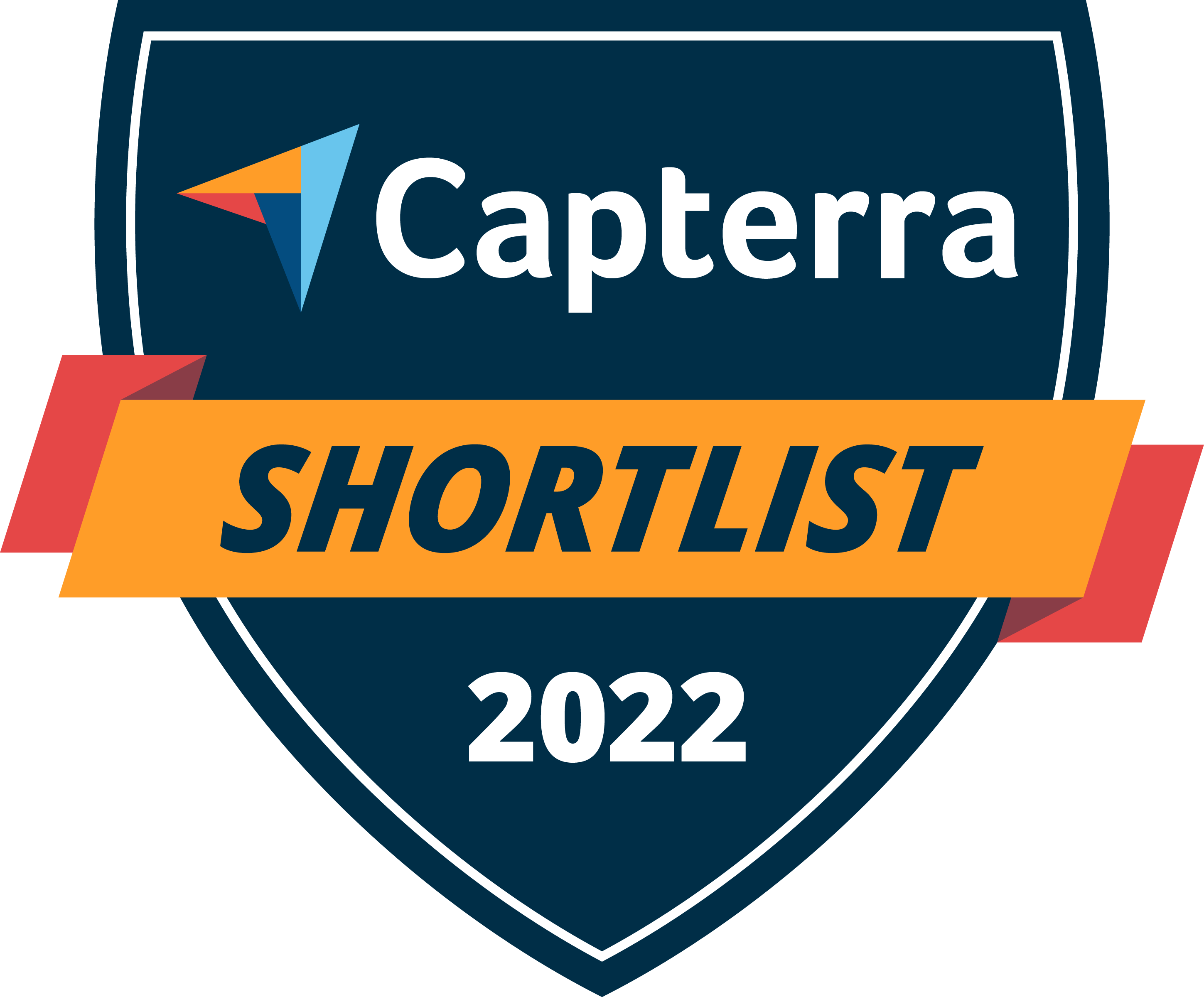In case you haven’t noticed, we’ve had email on the mind lately. This is mainly due to the recent launch of our intuitive newsletter builder. When used correctly, email can be an excellent marketing tool. According to MailChimp, the average open rate for emails is 20.81% and the average click rate 2.43%. If you’re going to take the time to write an email, it’s important to do everything possible to increase the odds of residents opening and actually reading the email. Follow these helpful tips to start improving the open and click rates of
your emails.
Write Great Subject Lines
The subject line is one of the first things readers see when your email arrives in their inbox. If you write a bland, spammy, or repetitive subject line, the chance of users opening your email decreases significantly. To write better subject lines, follow these helpful tips from the marketing gurus at HubSpot:
- Keep it short: The majority of email opens occur on mobile phones, so keep your subject lines under 50 characters to ensure those checking their email on their smartphone can read the entire thing.
- Be honest: It’s best to be straightforward and honest in your subject line. Don’t make false promises just to get an open, as it will lead to lower open rates in the future.
- Include calls-to-action: Your subject line is essentially a call-to-action, so use it to encourage readers to open the email. Be sure to use action-oriented verbs
to inspire clicks. - Avoid looking spammy: Think of spammy emails you’ve received in the past. They have likely contained an abundance of exclamation points and emojis or may have been in all caps, which is something you should avoid doing.
- Ask a question: Questions can be a great way to engage readers and create interest in the content of your email.
Make Your Emails Eye-Catching
Your residents are bombarded with emails. That’s why it’s important to make your emails stand out from the crowd through the use of imagery, bolding, and call-to-action buttons.
- Header images: Do you have an established logo or branded header that you use on Word Doc and PDF communications? If so, consider adding that same header image to make your emails look more professional.
- Support imagery: Make your emails pop by adding images to them. For example, if you’re sharing a recap from a recent community party, add pictures from it in the email.
- Strategic bolding: Is there a really important point you’re trying to make in the email? Consider bolding it to help it stand out to those who are quickly scanning through it.
- Bullet points If your email is really long and contains blocky paragraphs, make it easier to scan by using bullet points.
- Call-to-action buttons: Buttons are far more effective for getting clicks than hyperlinked text. If you’re hoping to get your readers to sign up for a something, RSVP, or pay a bill, include a call-to-action button rather than hyperlinking text.
Analyze Your Numbers
One of the best ways to continuously improve your emails is to analyze numbers from previous sends. In FRONTSTEPS, you can see how many newsletters were sent, how many were opened, and how many bounced. When analyzing numbers, here’s what you should look for:
- Open rates: If your open rates are super low, there’s a good chance your subject lines need some work. Try resending the same email with a different subject line to see if that impacts open rates.
- Bounces: If you’re seeing an incredibly high bounce rate, there’s a good chance you might have an outdated email list. Work to get updated email addresses from your
residents if you’re running into this issue.
Remember, it’s worth your time to test, analyze, and optimize your emails to ensure your important messages are actually getting in front of residents. Have you tried any successful tricks to improve your open and click rates? Share your tips below!
Your community management software should make it easy for you to send custom newsletters. If you’re searching for a new software solution, download our free checklist, 10 Things Your Community Management Software Must Have to help guide your search.



